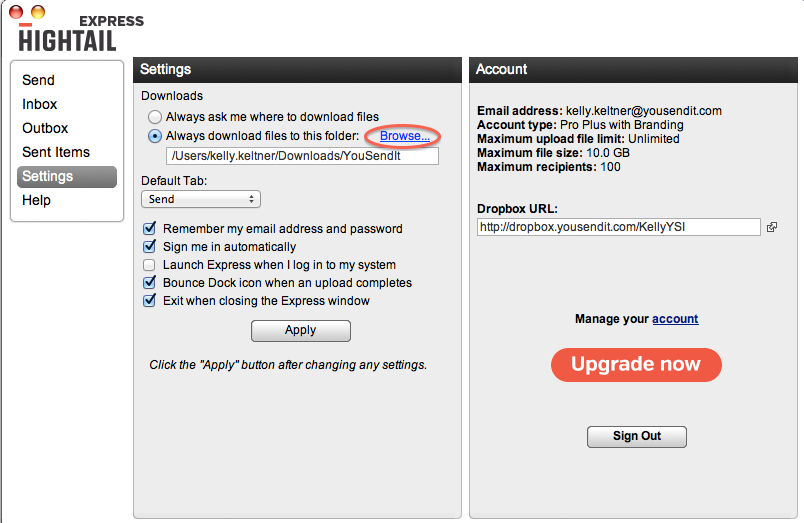
In light above fast developing situation suggest evaluate our position considering stock levels, possible use grain sorghum supplement wheat and merit using Indian ports full capacity to get much food as possible in country now before crisis reaches its worst.Įstimate 10-15 million tons or more grain imports from all sources may be needed to sustain India’s 480 million until next major harvest.

Private conversation with Food Secretary Dias last evening confirms gravity of situation. Poor monsoon nationwide, affecting nearly every state. Believe poor crop will result in major food crisis, perhaps most serious in recent history.Ĭrop shortfalls not localized. Written in cablese, it read:Īfter week study have concluded crop will be much less than officially admitted. I worked to strike the right tone in the cable to Freeman.

But an estimate that was too low could lead to famine. If my estimate was too high, the United States would overmobilize and waste resources. If I were going to sound such an alarm, it would be necessary to estimate the size of the deficit, despite having only fragmentary data. If we got adequate quantities to the ports, grain could be loaded quickly onto ships in case we had to mount a massive food-relief effort. With a potential deficit of the magnitude that was in prospect, the secretary needed the information as soon as possible simply because of the time it would take to get wheat from grain elevators in Kansas to ports in New Orleans and Galveston. It was already early November, and the logistical challenge of moving massive quantities of grain with little warning and preparation could be overwhelming. And since the United States was the dominant world grain supplier-the only country that could even think about filling a deficit of this scale-this warranted an urgent cable to alert Secretary Freeman. This was something that I had never seen in my years of farming.Īfter pondering these and other incidents, and compiling information from newspaper stories on crop damage in various districts and states as reported by local officials, I became convinced that India faced a huge crop shortfall. But he complained to me that he could no longer get good core samples: the soil was so dry it crumbled and fell out of his auger as he withdrew it. An avid duck hunter, he usually took off a few weeks in the fall to go hunting on a lake up north, but this year he canceled his vacation because the lake was dry.įurthermore, an agronomist working with the AID traveled extensively in rural India and often stopped his car in the countryside to take soil samples, a hobby of his. Also, an embassy staff person I wanted to meet while in New Delhi had said he would be on vacation, but it turned out he was actually there when I arrived. When I casually asked him how business was, he said it was great-diesel sales to fuel irrigation pumps were nearly double the previous year’s because farmers were pumping continuously to try to save their crops. At a reception one evening shortly after I arrived, I met the head of Indian operations for Esso (now ExxonMobil).

Other random bits of information reinforced my concern about the projected harvest. Although this climatically diverse country is always experiencing both droughts and floods somewhere, in 1965 drought appeared to be almost everywhere.

Reading several newspapers each morning, as I routinely do-in this case, the Times of India, the Hindu, the Indian Express, and the Hindustan Times-I found reports of drought in virtually every corner of the country. The officially estimated grain demand for 1965 was 95 million tons, but I soon began to wonder whether a harvest anywhere near this amount would materialize. Secretary of Agriculture Orville Freeman, with whom I was working as foreign policy advisor, decided that I would be the one to do it.Īlmost immediately after I arrived in New Delhi and started reviewing the plan, something else caught my attention: the condition of that year’s grain crop. Department of Agriculture (USDA) for someone to help them evaluate an early draft of the agricultural section of India’s next five-year plan. Agency for International Development (AID) mission in New Delhi asked the U.S. For me, one of these came in the fall of 1965-nine years after my life-changing six months in India. Sometimes our lives are shaped by specific events.


 0 kommentar(er)
0 kommentar(er)
